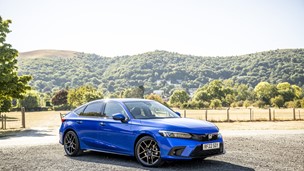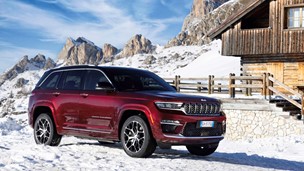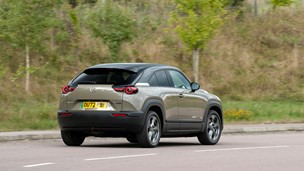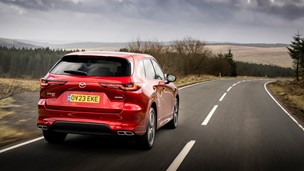Even by CARkeys standards, our test of the Vauxhall Astra VXR was unusually thorough. Normally we'll drive a car for about a week in as many different situations as possible. What we have not done, until now, is to take the mileage into five figures and compete in fifteen motorsport events. (That was Vauxhall's idea, not ours, though we had no objections to it.)If you want to know about the motorsport activity, there's a whole section devoted to it here. This article is meant to be about what the VXR is like as a road car, though for illustrative purposes there will be occasional references to my experience of it on hillclimb courses across the land.The first important point is that it's much, much better than the previous-generation Astra hot hatch. That one felt like a standard Astra that had been given far more power than was good for it. The current model has significantly more power, but thanks largely to its HiPerStrut front suspension it can handle it easily.You might think that putting 276bhp through the front wheels would be a recipe for torque steer, but this is not apparent on the road. It's not even apparent on the track. I speak with some authority here. On more occasions than I can count, I applied full throttle on the apex of a very tight corner, sometimes in first gear, and I still haven't found any torque steer. If you find anyone who says that they have, walk away from them slowly and carefully.Understeer? Maybe a little, but only in extreme situations. In the hillclimbs I dialled this out as much as I could by paying obsessively close attention to tyre pressures. On the road you're almost certainly not going to find any understeer at all, except perhaps if the road is wet - the standard Pirelli P Zero Corsa tyres enjoy the rain about as much as an average cat does.There are two damper settings for the suspension, and even in the stiffer one the VXR is a lot more relaxing to drive than its most obvious rivals, the less powerful Ford Focus ST and Megane Renaultsport. In spite of its dramatic looks, and purposeful-sounding exhaust note, the Vauxhall generally feels more genteel than the more boy-racerish Ford or Renault.It can even be quite economical, all things considered. The official combined fuel economy figure is 34.9mpg, and on one long motorway run (there were a lot of those during the year) I averaged an indicated 36. This, however, is hardly the point of the car. My colleague Alisdair Suttie, who shared with car in ten of the hillclimbs, has never forgiven me for it.For road-going purposes, the engine is very meaty, but the braking system, whose discs are so large that some observers had difficulty believing they were standard, is even better. Many times in competition I left the braking so late I could almost taste the hospital food, yet only once did the car not slow down enough for the next corner, and in fairness that was on a damp track.The excellence of the brakes was one of the main reasons why the Astra could keep up with rival hillclimb cars that in some cases had double the power and some combination of less weight, grippier tyres and four-wheel drive. It was often among the fastest, and sometimes the very fastest, through speed traps, and since it clearly didn't have the acceleration of the cars it was outpacing it took some time to work out why this should be. Eventually we worked out that it could be held on full throttle right through the traps while other drivers were having to hit the brakes long before they reached them.None of this was at the expense of pad wear. Vauxhall supplied a new set of linings, but we never used them. We did plan to shortly after half-season, only to find out that the original ones had lost only about 2mm of material and could clearly keep going for a long time yet. We rubbed them down to remove some minor glazing and put them back in.The thing I liked least about the car was the Recaro driver's seat. It's a perfectly acceptable seat in most ways, but the back won't tilt as far forward as I want it to. I always felt further away from the steering wheel than I wanted to, and often had to resort to stuffing a jacket behind my shoulders.The six-speed manual gearbox that came with the car - quite an old unit which was being used in Alfa Romeos and Saabs long ago - wasn't impressive, with a baulky shift that slowed changes from second to third to the point where the turbo fell off boost. Attempts to speed it up caused the synchromesh to wear unusually quickly, which was actually a help to begin with because it made shifting easier.As the wear continued, though, the synchromesh became unable to hold the car in second gear and it started to jump into neutral. And that, ladies in gentlemen, is why I slithered off the road at the final corner at Prescott and ended up parked backwards in a hedge at the bottom of a steep banking.Rather than spend time replacing the synchromesh and risking a no-show at the next event, Vauxhall whipped the gearbox out of another VXR press car and fitted that instead. Its shift quality was much better, and I wish we'd had the use of it from the start.The satellite navigation system has a few peculiarities, one of them being that its predictions of how long it would take you to reach your destination might not always correspond to reality. On one occasion it told me that I was eleven minutes from where I wanted to be for nearly eleven minutes, and that was on a clear road with no delays.Whoever recorded the voice commands pronounces Cirencester as "sister", which is an acceptable alternative but not one I was expecting to hear. And the suggested route from one end of Droitwich to the other was tremendously convoluted and introduced me to the village of Hadzor, which was nice but not helpful.Acceptable in all other situations that I encountered, the satnav was one of several optional extras fitted to the test car. Others included a package consisting of 20" (rather than 19") wheels, a roof spoiler and side skirts, which have to be bought together or not at all, and what I always thought was a very attractive pearlescent colour called Arden Blue. Red is the only standard colour for the VXR, and if you want anything else you have to pay extra for it.The only snag with the Arden Blue paintwork, by my experience and as reported by several owners, is that it's very susceptible to stone chips. If you can't bear the thought of having an Astra VXR in any other colour - and I can see how you might not - it would be a good plan to keep a tube of touch-up paint in the car, just in case. Engine 1998cc, 4 cylinders Power 276bhp Transmission 6-speed manual Fuel/CO2 34.9mpg / 189g/km Acceleration 0-60mph: 5.9 seconds Top speed 155mph Price £27,010 Details correct at publication date
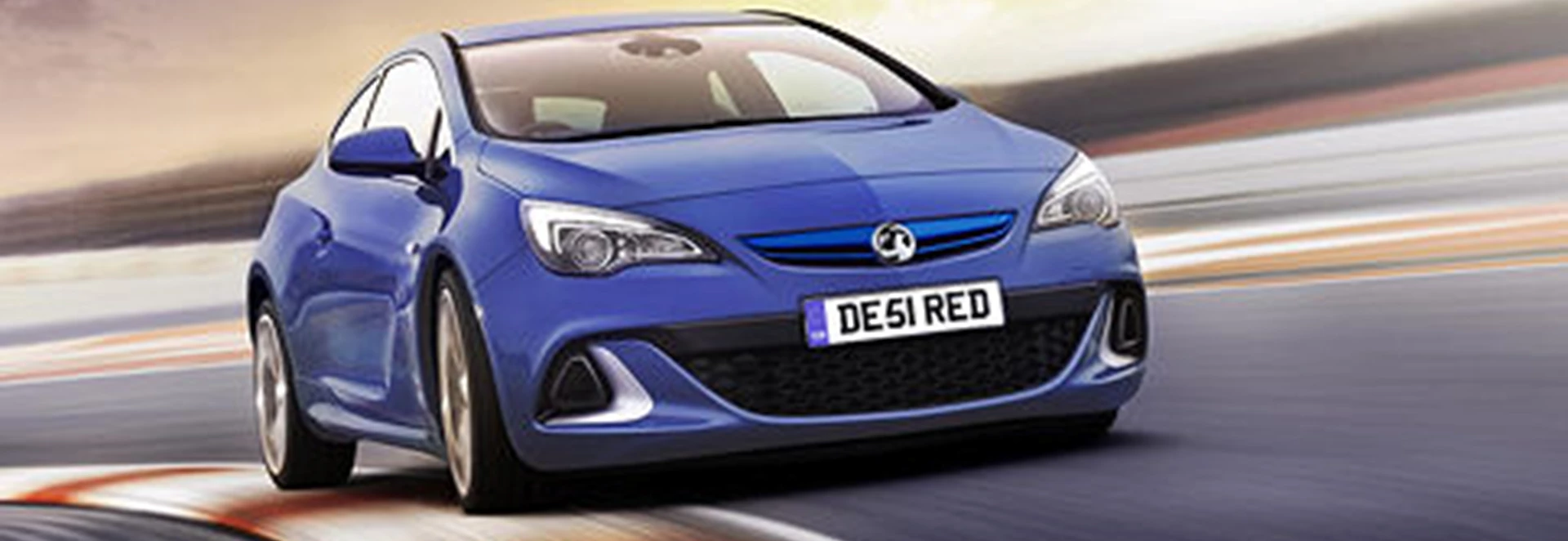
Our Rating
